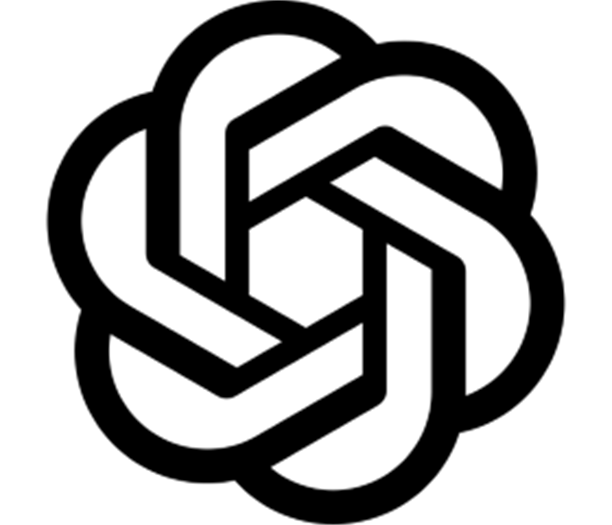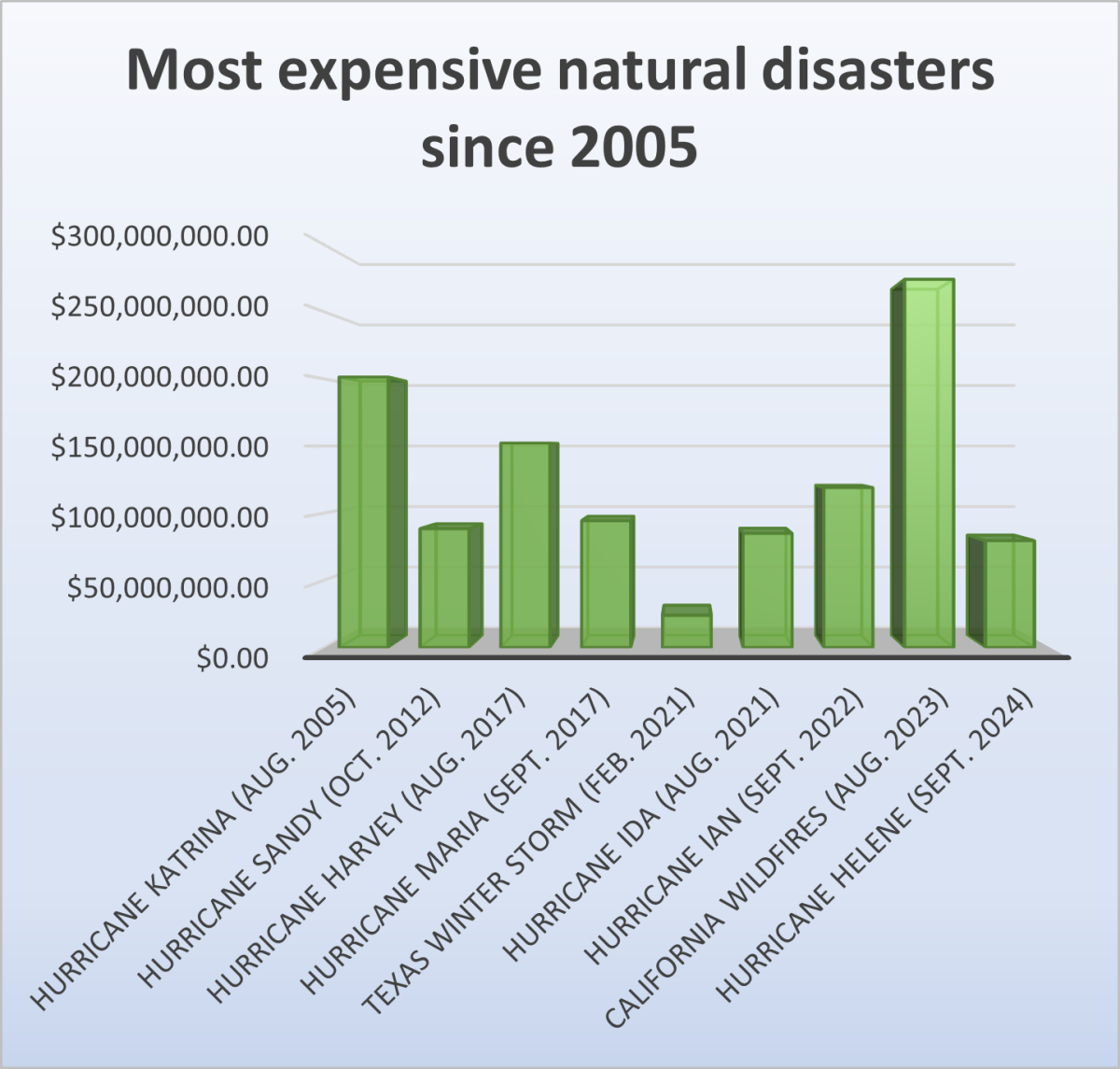Artificial Intelligence, or AI, is quickly becoming one of the biggest forces shaping the world today.
Tools like ChatGPT can read and answer complex questions in seconds. Apps also use AI to recommend music, predict traffic, or even diagnose illnesses.
In just the past few years, AI has started to overtly impact everyday lives.
Whether it’s chatbots that answer questions, facial recognition on phones, or tools that write emails or edit photos, AI is everywhere, and it’s only getting smarter.
AI is also changing the way people work. For example, in offices it’s helping repetitive tasks like scheduling or data entry.
In hospitals, it’s assisting doctors in spotting diseases earlier.
In classrooms today, students ask ChatGPT for help, teachers use AI to grade assignments, and individualized lessons are created.
One of the biggest perks of AI in the classroom is how it adapts to students individually.
For example, tools like Khan Academy’s Khanmigo use AI to act like a tutor, giving students help when they need it and adjusting the difficulty of problems based on how they’re doing.
AI can be a real time-saver by automatically grading assignments or creating quizzes, giving teachers more time to focus on their students.
But some worry that the overuse of AI could make teachers too dependent on technology or make their roles less personal.
Sure, AI is helpful, but many agree that the heart of teaching shouldn’t get replaced by a screen.
While some students use AI to help them understand assignments or clean up their writing, others see it as cheating.
A Pew Research study found that the percentage of U.S. teens who have used ChatGPT for schoolwork doubled between 2023 and 2024.
According to a Pew Research Center survey of U.S. teens ages 13 to 17 in January 2025, the share of teens who say they use ChatGPT for their schoolwork rose from 13% in 2023 to 26% in 2024.
Some just use it to get started or check grammar, while others admit to copying entire answers.
One student at a Florida high school was quoted in her school paper as saying, “I just use it to check my math answers.”
“My math teacher doesn’t encourage cheating, obviously, but if you use AI in a way that you’re trying to understand the math work, then it is okay to use.”
Another student at in the same article admitted, “I’ve used it once for English to give me the answers to a book I never read.”
It’s obvious that AI can be both a concern as well as a great tool if utilized properly.
It’s clear AI is going to be part of education moving forward, but there are ongoing discussions about how to use it the right way.
Aside from classrooms, others are concerned about misinformation, privacy and how much control AI machines have.
AI hallucinations, which qualifies as another concern many have because of its misinformation, refers to when an artificial intelligence “imagines” or creates false information and makes things up.
For example, the AI can describe events, people, or events that never actually happened.
There’s no question AI is powerful, but the challenge is now figuring out how to use that power responsibly, in a way that benefits people.
Governments and tech companies are now working on ways to guide how AI develops. That includes creating rules for things like data use, safety, and fairness.
At the same time, researchers are trying to make AI systems more transparent, so we understand how they make decisions.
But the truth is, AI has already become a part of how we live, and will continue to grow.
The key now is learning how to work with it, manage its risks, and making sure it helps more than harms.






